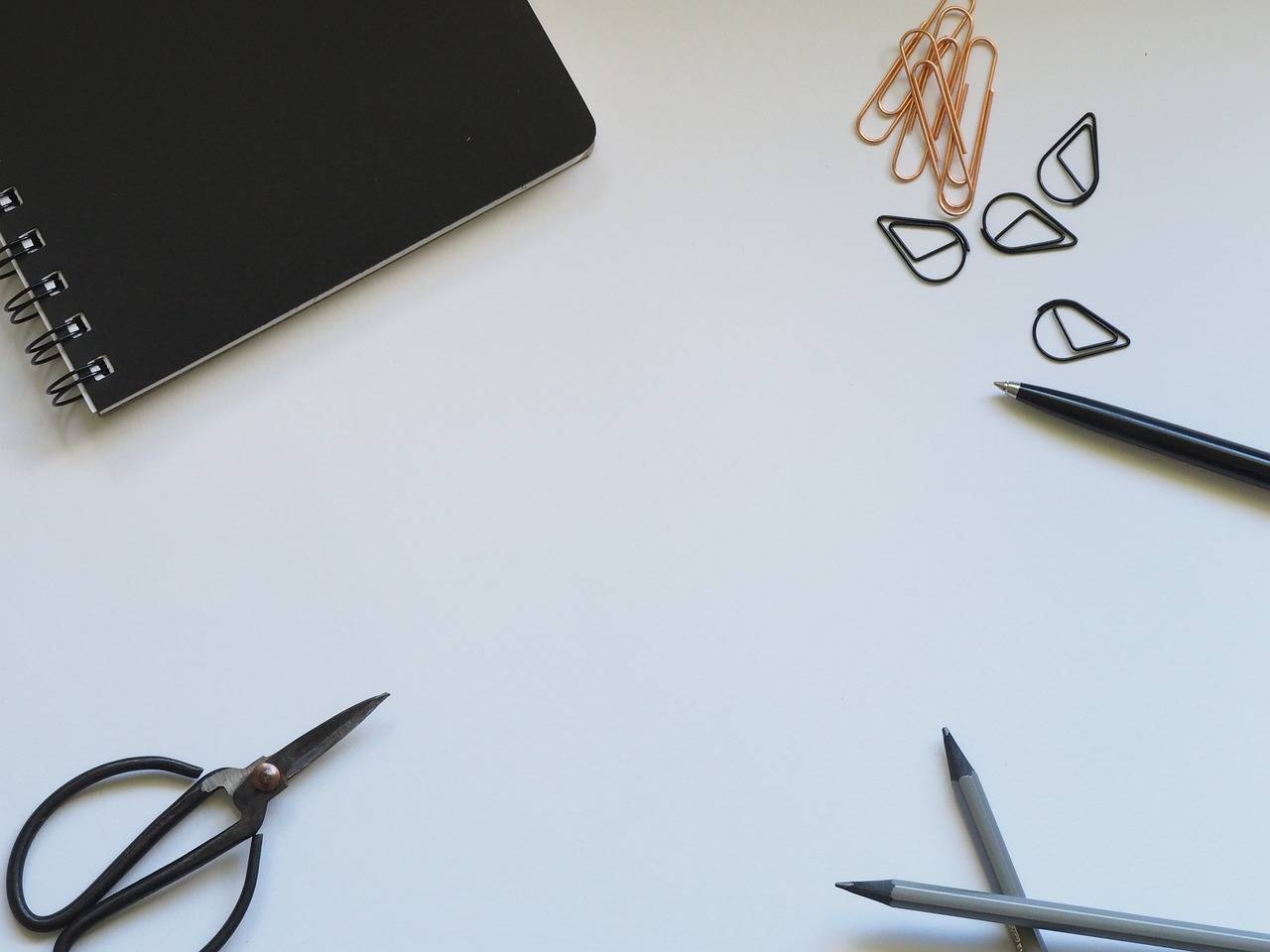Leveraging Arts Integration for Enhanced Learning Experiences
Arts integration in education provides students with a holistic approach to learning, engaging their minds in a creative and expressive manner. By incorporating arts such as music, visual arts, and drama into academic subjects, students are able to make meaningful connections and deepen their understanding of complex concepts. This integration not only enhances academic performance but also fosters a sense of creativity and self-expression among students.
Furthermore, arts integration promotes collaboration and communication skills among students as they work together to create artistic projects. Through group work and presentations, students learn to effectively convey their ideas and listen to the perspectives of their peers. This collaborative aspect of arts integration not only cultivates teamwork but also encourages students to appreciate diverse viewpoints and think critically about their own work.
How Arts Integration Enhances Critical Thinking Skills
Arts integration in education is a powerful tool to enhance critical thinking skills among students. By immersing students in creative and expressive activities, such as painting, music, or drama, they are encouraged to think outside the box and approach problems from different angles. This process helps develop their ability to analyze, evaluate, and make connections between ideas effectively.
Through arts integration, students are given the opportunity to explore complex concepts in a more engaging and hands-on manner. By actively participating in artistic experiences, students are challenged to interpret and express their thoughts and emotions, fostering a deeper understanding of the subject matter. This not only sharpens their critical thinking skills but also cultivates their ability to adapt to various perspectives and think critically in different situations.
What is arts integration in education?
Arts integration in education is a teaching approach that incorporates various forms of art, such as music, visual arts, and drama, into academic subjects like math, science, and history.
How does arts integration benefit students?
Arts integration helps students develop creativity, critical thinking skills, problem-solving abilities, and emotional intelligence. It also improves academic performance and increases engagement in learning.
How does arts integration enhance critical thinking skills?
Arts integration requires students to analyze, interpret, and synthesize information from multiple sources. This process fosters critical thinking skills by encouraging students to think creatively, make connections between different concepts, and evaluate ideas from various perspectives.
Can arts integration be applied to all subjects?
Yes, arts integration can be applied to all subjects, including STEM fields. By incorporating art into these subjects, students can deepen their understanding of complex concepts and develop a well-rounded set of skills.
How can educators implement arts integration in the classroom?
Educators can implement arts integration by incorporating art activities, projects, and performances into their lesson plans. They can also collaborate with artists and arts organizations to bring different art forms into the classroom.





